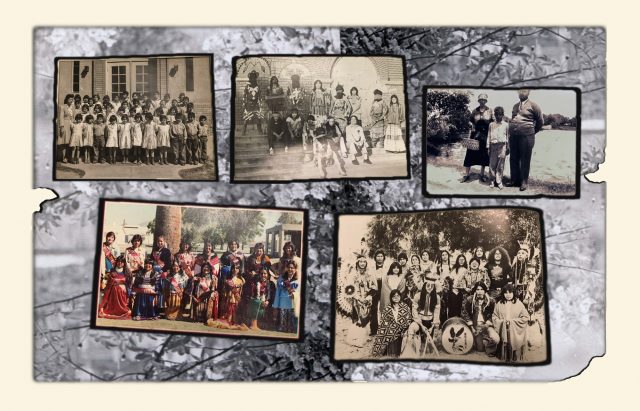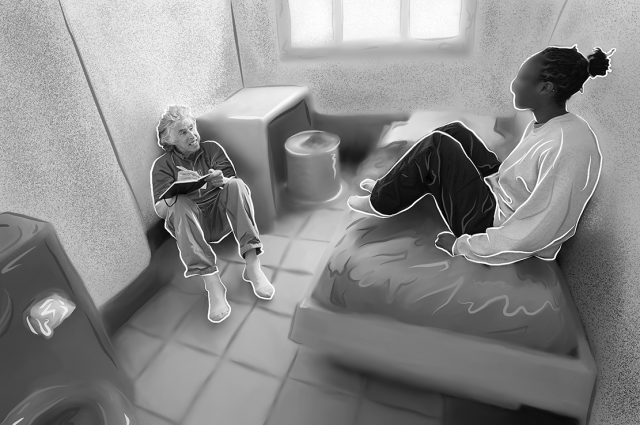In the 1990s criminologists predicted a new breed of children would grow up to be super-predators. While the myth was debunked, the legacy lives on.


In the 1990s criminologists predicted a new breed of children would grow up to be super-predators. While the myth was debunked, the legacy lives on.

Girls of color are disproportionately affected in the juvenile justice system not only in terms of incarceration, though also in their victimization.

Lack of Latino data misrepresents Latino youth in the juvenile justice system, making nonprofits’ efforts to help more difficult.

Experts on U.S. Indian policy trace the high number of incarcerated Native American youth back to U.S. policies of the 19th and 20th centuries, including forced boarding schools, that undermined Native American sovereignty.

Photographer Richard Ross transports viewers into the cells of America’s confined children, through his body of work “Juvenile in Justice.”

A juvenile county courthouse in Georgia is adopting a non-traditional architectural design to positively impact kids’ experiences with the justice system.

Thirty-five top journalism students from 16 universities are conducting a major investigation this summer into juvenile justice in America as part of the Carnegie-Knight News21 multimedia reporting initiative at Arizona State University.